The Best Surf Guide: Gran Canaria
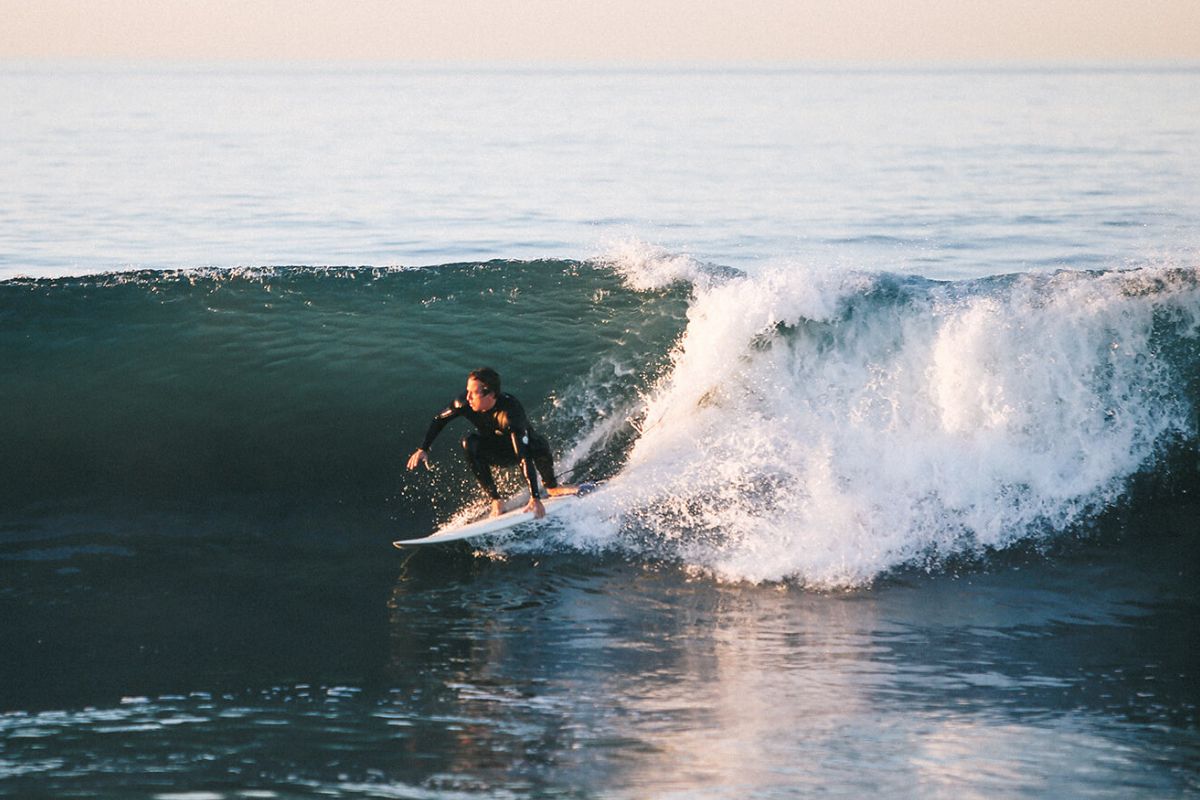
Gran Canaria is the perfect destination for a complete vacation, where you will discover the best activities to do and above all the most amazing places to visit. If surfing is part of your life or if you dream of learning among crystal clear waves, Gran Canaria is the perfect destination for a complete holiday. Canaria is your next dream destination. This Atlantic island is much more than just sun and beach: it’s a true sanctuary for surfers of all levels, with mythical spots where the waves break with waves break with strength and character.
Index of Our Gran Canaria Surf Guide
The best surfing beaches in Gran Canaria
Gran Canaria is a privileged destination for surf lovers, thanks to its diversity of beaches and optimal conditions throughout the year. Here is a selection of the best beaches for surfing on the island:
La Cícer (Las Palmas de Gran Canaria)
Located in Playa de Las Canteras, La Cícer is the epicenter of urban surfing on the island. With a sandy bottom and multiple peaks, it is ideal for both beginners and intermediate surfers. In addition, it has numerous surf schools and a vibrant atmosphere.
El Confital (Las Palmas de Gran Canaria)
Considered one of the best right hand waves in Europe, El Confital offers powerful and fast tubes, ideal for experienced surfers. It has hosted international competitions such as the Red Bull Rivals.
San Felipe / Playa de Vagabundos (Santa María de Guía)
This beach in the north of the island is known for its fast waves that break to the left, forming perfect tubes for maneuvers. It is less crowded, which makes it an ideal spot for those seeking tranquility.
El Frontón (Gáldar)
Famous worldwide among bodyboarders, El Fronton offers extremely powerful and tubular waves. Recommended only for experienced surfers due to its difficulty and difficult access.
Lloret (Las Palmas de Gran Canaria)
Located next to Las Canteras Beach, Lloret is known for its high quality right hand waves, especially at low tide. It is a spot frequented by locals due to its easy access and consistency.
Playa del Inglés (San Bartolomé de Tirajana)
Although it is one of the most touristy beaches in the south, it offers ideal conditions for beginners, with gentle waves and a pleasant water temperature all year round.
El Puertillo (Arucas)
Located in the north of the island, El Puertillo combines a wild landscape with challenging waves, ideal for intermediate surferslooking for a more natural and less crowded experience.
Pozo Izquierdo (Santa Lucía de Tirajana)
Internationally recognized for its exceptional windsurfing conditions, Pozo Izquierdo also offers good waves for surfing, especially when wind conditions are favorable.
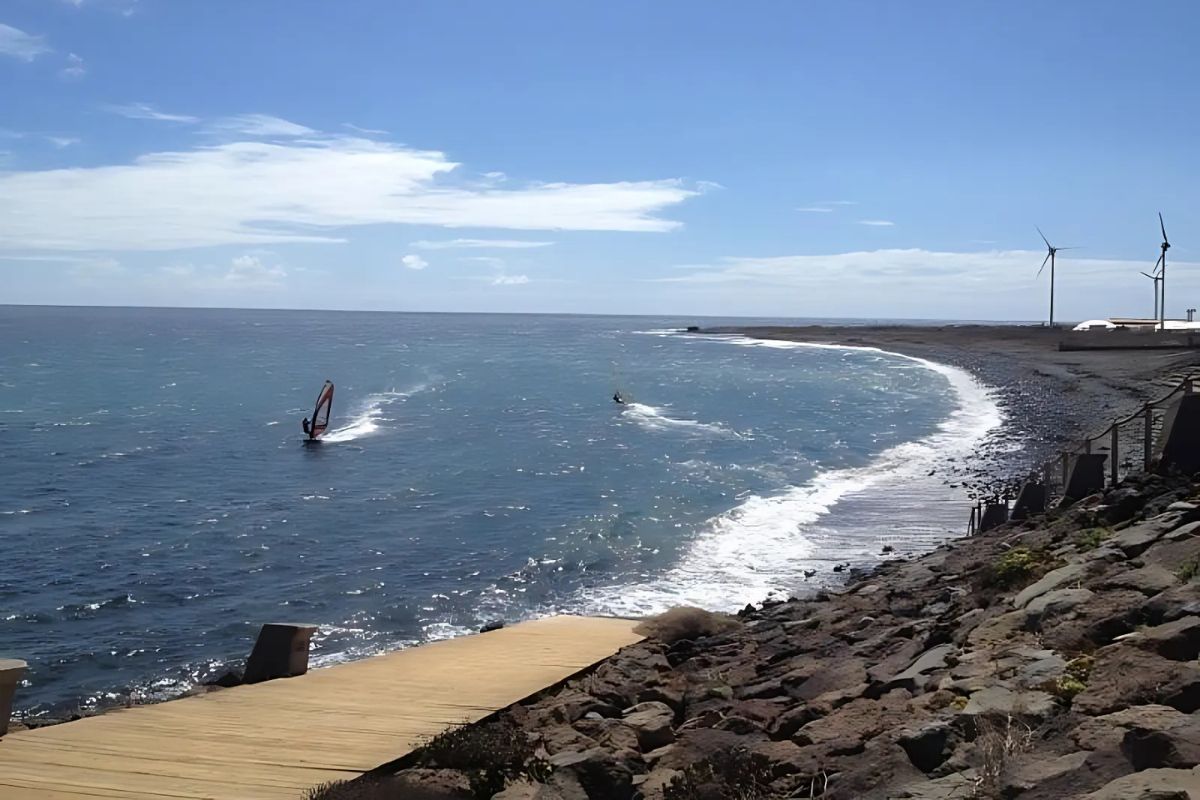
Surf Schools in Gran Canaria
In Gran Canaria, we find a number of surf schools where you can learn or improve your techniques on the board. Here are the following top rated schools:
Oceanside Surf School (Las Palmas de Gran Canaria)
Located in Playa de Las Canteras, in the area of La Cícer, Oceanside is an official school of Quiksilver and Roxy. It offers surf lessons for adults and children, personalized training, paddle surf lessons and summersurfcamps. They also organize surfaris around the island to explore different spots. Classes are taught in Spanish and English, and have instructors certified by the Spanish Surfing Federation. They also offer packages that include accommodation in nearby hostels.
Mojo Surf (Las Palmas de Gran Canaria)
Mojo Surf is an official Hurley school directed by Eduardo Acosta, three times champion of Spain. They offer surf and bodyboard lessons for all levels, from beginner to advanced, with their own methodology. Classes last 2 hours and include all the necessary equipment. They also perform guided surftrips around the island, video analysis and equipment rental.. They also offer surf camp packages that include accommodation and additional activities.
Surf Canaries (Playa del Inglés)
Located in the south of the island, in Playa del Inglés, Surf Canaries offers a premium experience with small groups and personalized attention. Classes are available for all levels and are adapted to sea conditions, moving to different beaches depending on the waves. They have expert instructors and high quality material. They also offer intensive programs and surfcamps for those looking for a complete immersion in surfing.
Wavelovers Surf School (Las Palmas de Gran Canaria)
Wavelovers is a school focused on offering personalized surf experiences, including surftrips and surfaris. They offer classes tailored to all levels, from beginners to advanced surfers, always in small groups and individualized attention. His team consists of certified instructors and expert surfers committed to the evolution of each student. They also organize complementary activities such as surfskate and excursions around the island.
Buen Surf School (Las Palmas de Gran Canaria)
Located in La Cícer, Buen Surf School offers classes for all levels, with a focus on small groups (maximum 6 people per class) and personalized attention. Classes have a duration of 2 hours and include all the necessary material. They also offer private lessons, specific training for longboard and membership programs that include equipment rental and board storage. They have complete facilities including changing rooms, showers and lockers.
Surf Camp Las Palmas (Las Palmas de Gran Canaria)
Surf Camp Las Palmas offers complete packages that include accommodation in hostels or apartments, surf lessons and additional activities such as excursions and live music. Classes are taught in small groups (maximum 7 people per instructor) and are available for all levels. They also offer unlimited board rental and use of skateboards during the stay. It is an ideal choice for those looking for an all-inclusive surfing experience in a friendly and professional environment.
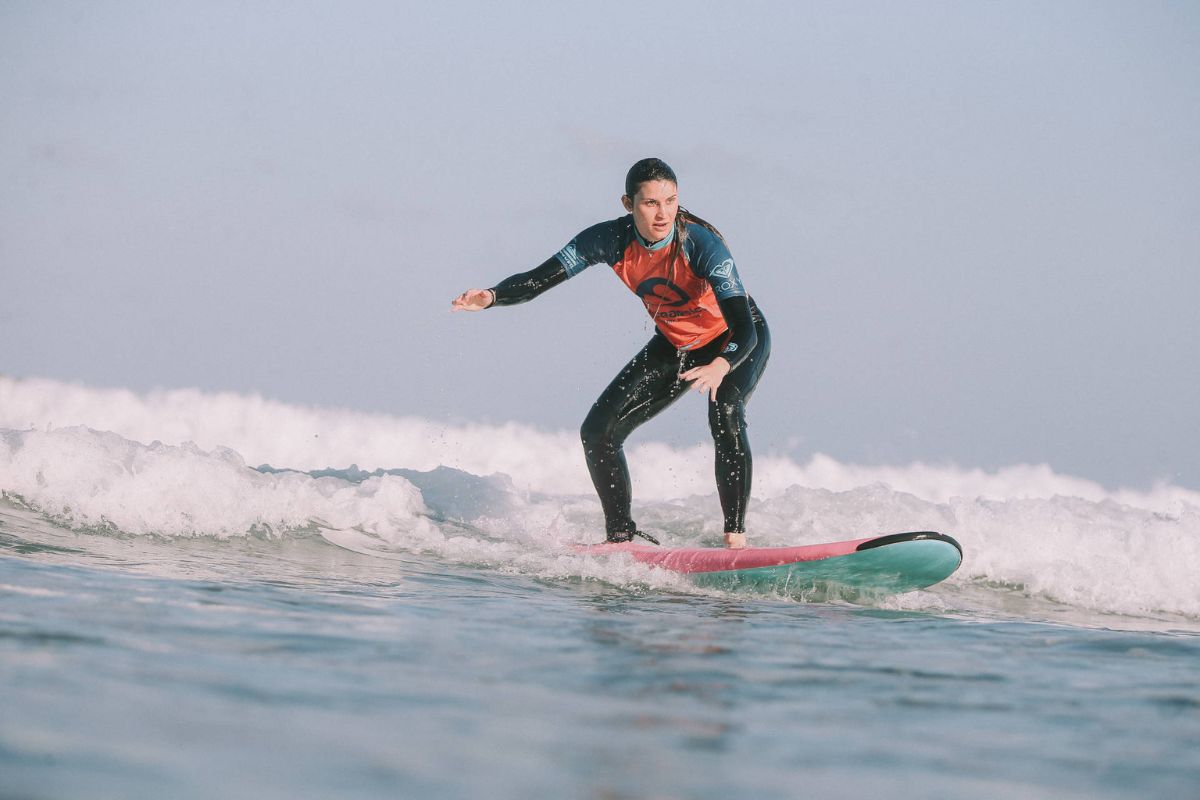
Essential surfing materials
Surfboard
A proper board is essential to learn and progress in surfing. For beginners, a foam board (softboard) is recommended for its stability and ease of use.
Neoprene wetsuit
Depending on the water temperature, you will need a wetsuit to protect you from the cold and possible chafing. In Gran Canaria, a 3/2 mm wetsuit is usually adequate for most of the year.
Leash (Invention)
The leash is a rope that connects your ankle to the board, preventing the board from moving too far away in the event of a fall.
Board wax (kerosene wax)
Kerosene wax is applied to the top of the board to prevent slippage and improve grip.
In Gran Canaria you can buy surf equipment in stores like El Cruce Surf in Las Palmas, Pozowinds in Pozo Izquierdo, Dunkerbeck Surf Shop, Cool Shop in Telde, Backdoor Surf Shop and Area Surf Shop, all with boards, wetsuits and accessories.
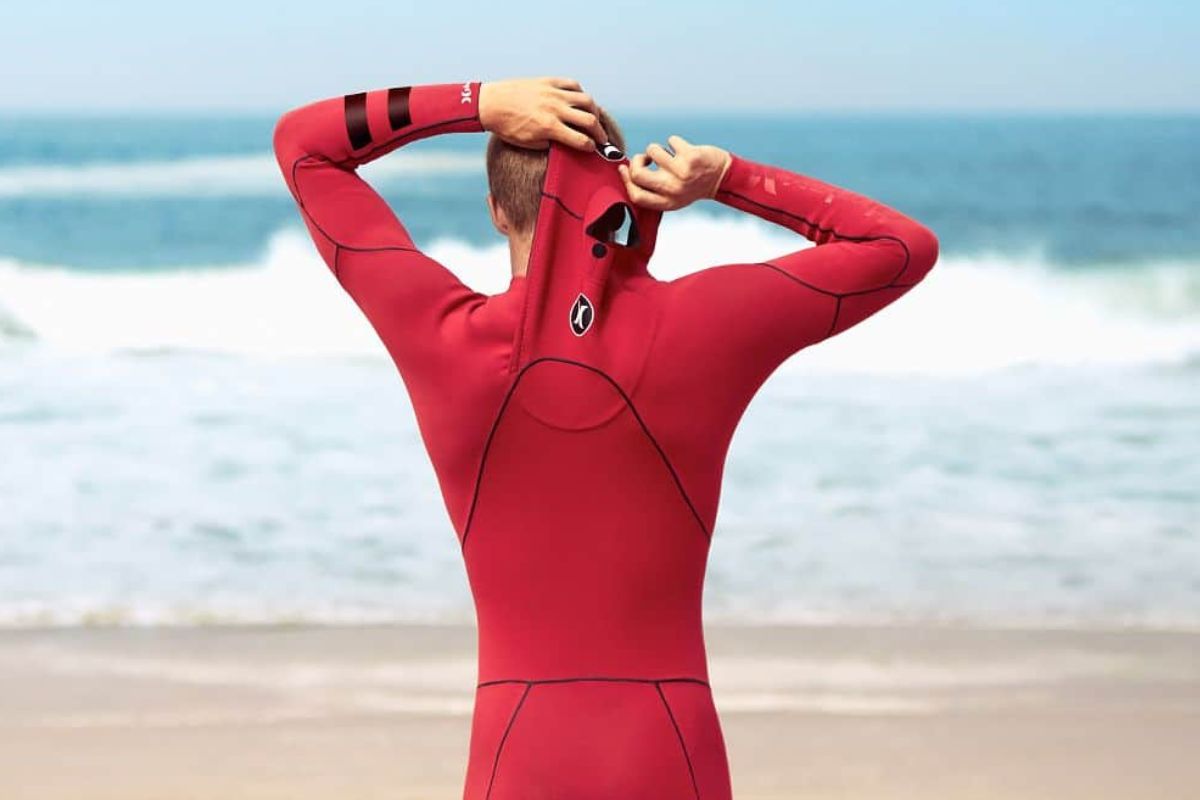
Other complementary and related activities to surfing
In addition to traditional surfing, there are several complementary complementary activities and related modalities that enrich the experience of those who enjoy the sea and the waves. The following are some of these activities:
Surfing and related sports
Bodyboard
It uses a shorter and more flexible board, allowing maneuvers at the bottom of the wave.
Windsurf
Combines surfing with sailing, using a board with a built-in sail to move over the water.
Driven by a kite, it allows you to perform jumps and acrobatics while gliding over the water.
Paddle Surf (SUP)
It consists of paddling standing up on a larger surfboard, ideal for exploring coastal areas and improving balance.
Skimboarding
It is practiced on the shore, throwing a thin board over a thin layer of water to glide and perform tricks.
Riversurf
Surfing in rivers with strong currents, taking advantage of the static waves formed when the water collides with obstacles.
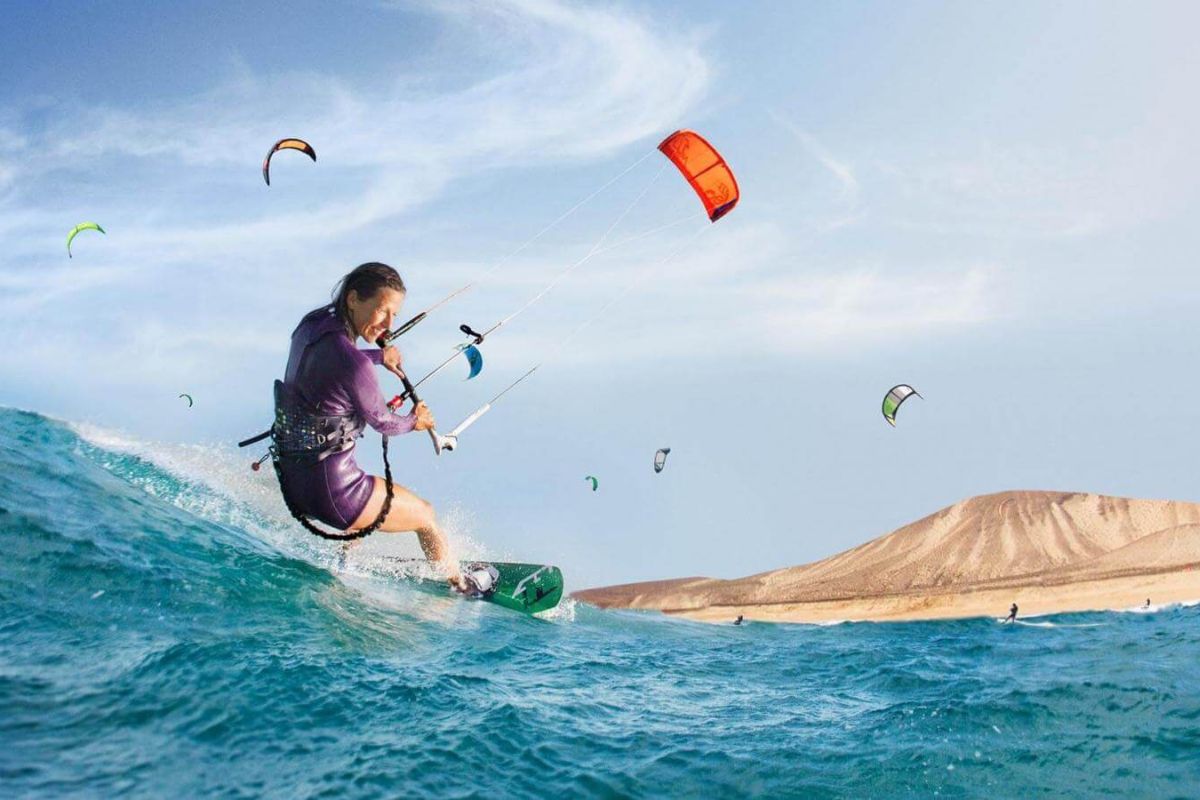
Complementary activities to surfing
Specific physical training
Exercises such as pull-ups, squats, push-ups and planks help improve the strength and endurance needed for surfing.
Apnea and breath control
Practicing freediving techniques improves lung capacity and confidence underwater.
Skate and longboard
They help improve balance and maneuvering, transferring skills from asphalt to water.
Capoeira and yoga
Disciplines that improve flexibility, balance and concentration, beneficial for surfing performance.
Hiking and coastal exploration
It allows you to discover new beaches and surf spots, as well as connect with nature.
Related initiatives and events
Beach cleaning
Participating in cleanup days contributes to the conservation of the marine environment and promotes ecological awareness among surfers.
Adaptive surfing
It promotes the inclusion of people with disabilities in surfing, with international championships such as the Hawaii Adaptive Surfing Championship.
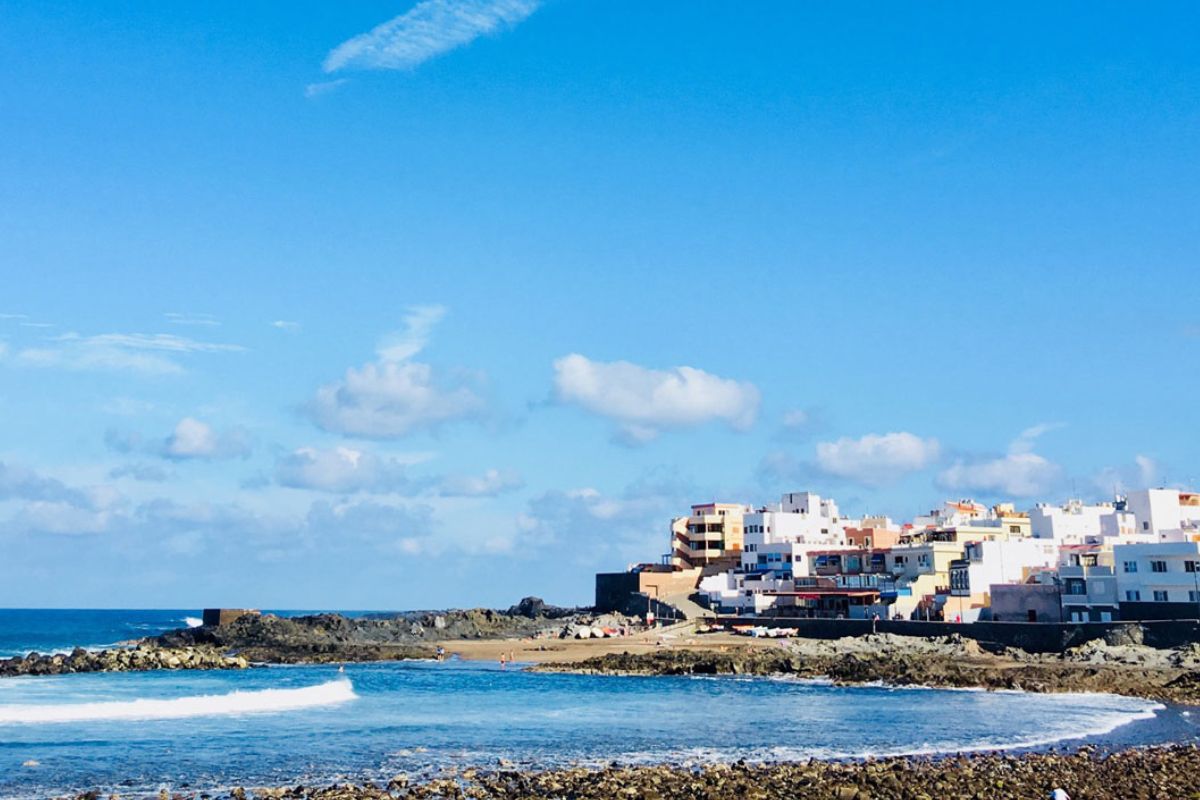
Recommendations before surfing in Gran Canaria
Choose the right place
Opt for beaches with gentle waves and no obstacles such as rocks. It is advisable to avoid areas with strong currents or crowds. If possible, consult with local schools or experienced surfers about the day’s conditions.
Suitable equipment
Use a foam board if you are a beginner, as it offers more stability. Be sure to bring a leash (invent) to prevent the board from drifting away. A wetsuit is essential to maintain body temperature, especially in cold water.
Warm-up and stretching
Before entering the water, perform warm-up exercises to activate your muscles and prevent injury. A 5-minute routine focused on mobility and core activation is ideal.
Practice pop-up on land
Before attempting to stand up in the water, practice the movement on dry land. This will help you coordinate your movements and gain confidence.
Know your limits
Be honest with yourself about your skill level. Don’t go into the water if conditions are beyond your capabilities. Remember that safety comes first.
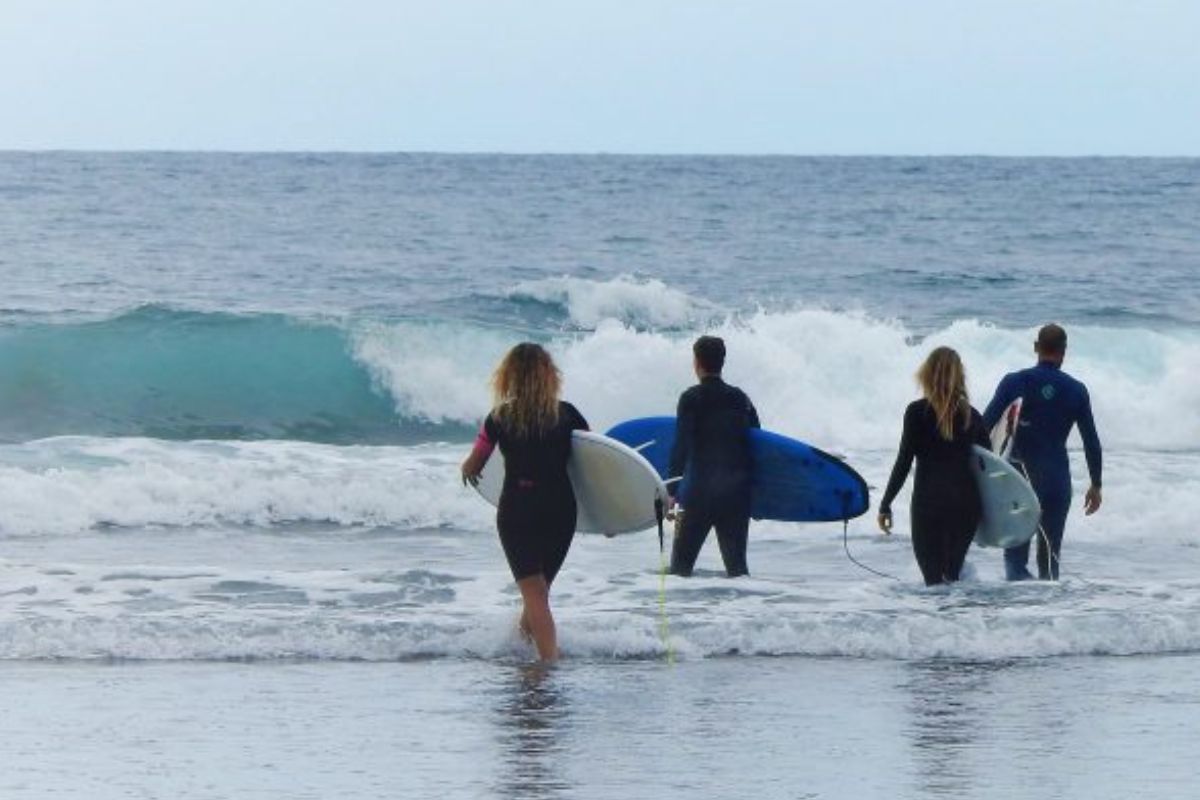
Water safety tips
Respect priority rules
Learn and follow the rules of priority in the water to avoid accidents and ensure a harmonious coexistence with other surfers.
Avoid the impact zone
Stay away from the area where the wave breaks the hardest. Being in this area can be dangerous, especially for beginners.
Keep calm in case of a fall
If you fall off the board, try to stay calm. Submerge your body to avoid bumps and wait to surface. Avoid panicking.
Surf accompanied
Whenever possible, surf with a partner. This increases safety, as you can assist each other in case of need.
Other useful tips
Protección solar
Apply water-resistant sunscreen to avoid sunburn.
Hydration
Drink water before and after surfing to stay hydrated.
Respect for the environment
Do not leave garbage on the beach and respect the marine fauna.
Learn from the experts:
If you are a beginner, consider taking lessons with certified instructors to learn the proper techniques and ensure your safety.
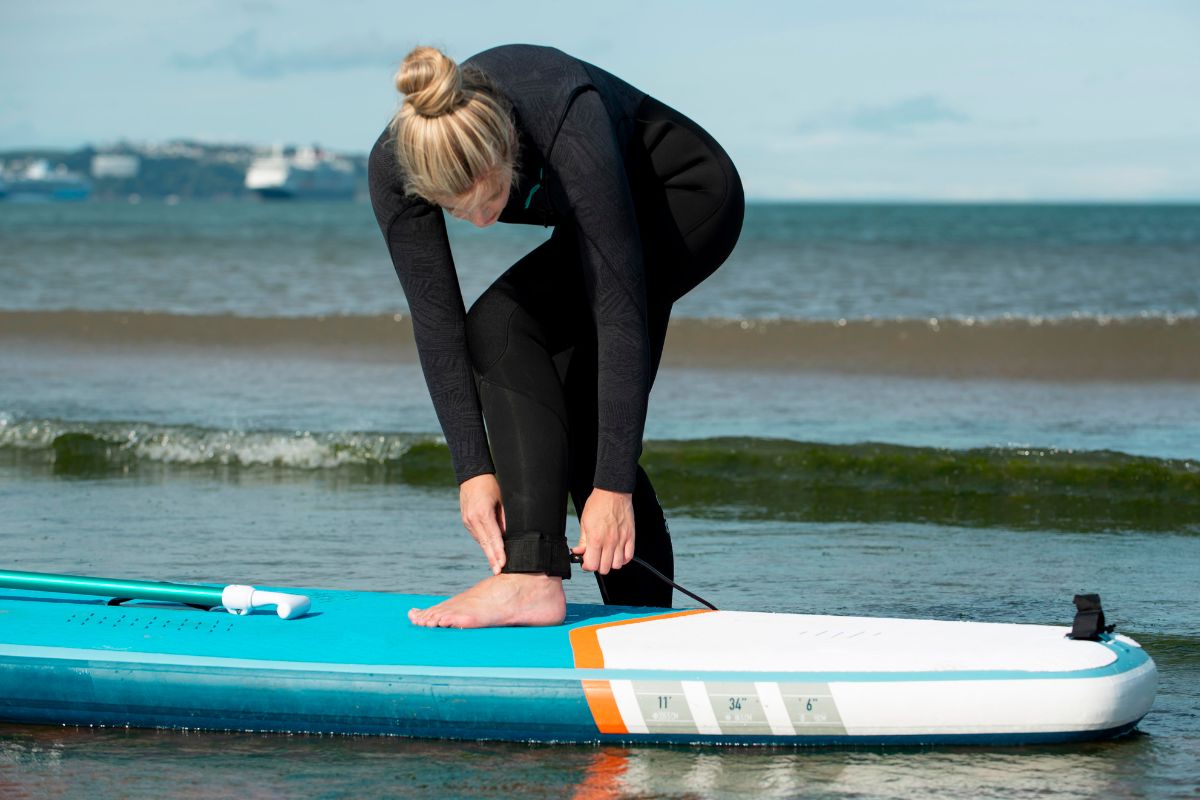
Discover why Gran Canaria is the perfect destination for your next adventure!
Gran Canaria, known as a “miniature continent”, is one of the most diverse and fascinating islands of the Canary archipelago. Its year-round spring-like climate, along with a variety of landscapes ranging from golden dunes to Canary pine forests, make it an ideal destination for all types of travelers.
The island is home to more than 80 beaches, including Las Canteras in Las Palmas, one of the best urban beaches in Europe, and the dunes of Maspalomas, a unique ecosystem in the south. In addition, a third of its territory is protected as a Biosphere Reserve by UNESCO, including natural areas such as the Tamadaba Natural Park and Roque Nublo.
For nature and adventure lovers, the island offers activities such as hiking, cycling, water sports and astro-tourism, thanks to its clear skies and low light pollution. However, the tourism boom has generated debates about the sustainability of the current model, with recent demonstrations advocating a more balanced and environmentally friendly development.
How to get to Gran Canaria
To reach Gran Canaria from the Iberian Peninsula, the fastest and most economical option is by plane. From Madrid, there are between 16 and 17 direct flights daily to Gran Canaria Airport (LPA), with an approximate duration of 2 hours and 50 minutes. Airlines such as Ryanair, Iberia Express, Air Europa and Binter Canarias operate this route, offering prices starting from 22 € if booked in advance.
For those who prefer to travel by sea, there are ferries from the ports of Cadiz and Huelva. The company Trasmediterranea offers a weekly crossing from Cadiz to Las Palmas de Gran Canaria, with a duration of approximately 40 hours. Fred. Olsen Express operates a triangular route connecting Huelva with the ports of Las Palmas and Santa Cruz de Tenerife.
Once in one of the Canary Islands or in Gran Canaria, the airport is well connected with the rest of the island by buses (guaguas) and cabs. There are 7 bus lines connecting the airport with different areas of the island, with prices ranging from 3 to 5 €. Cabs offer competitive rates, with an approximate cost of 35 to 40 € to the capital, Las Palmas de Gran Canaria.
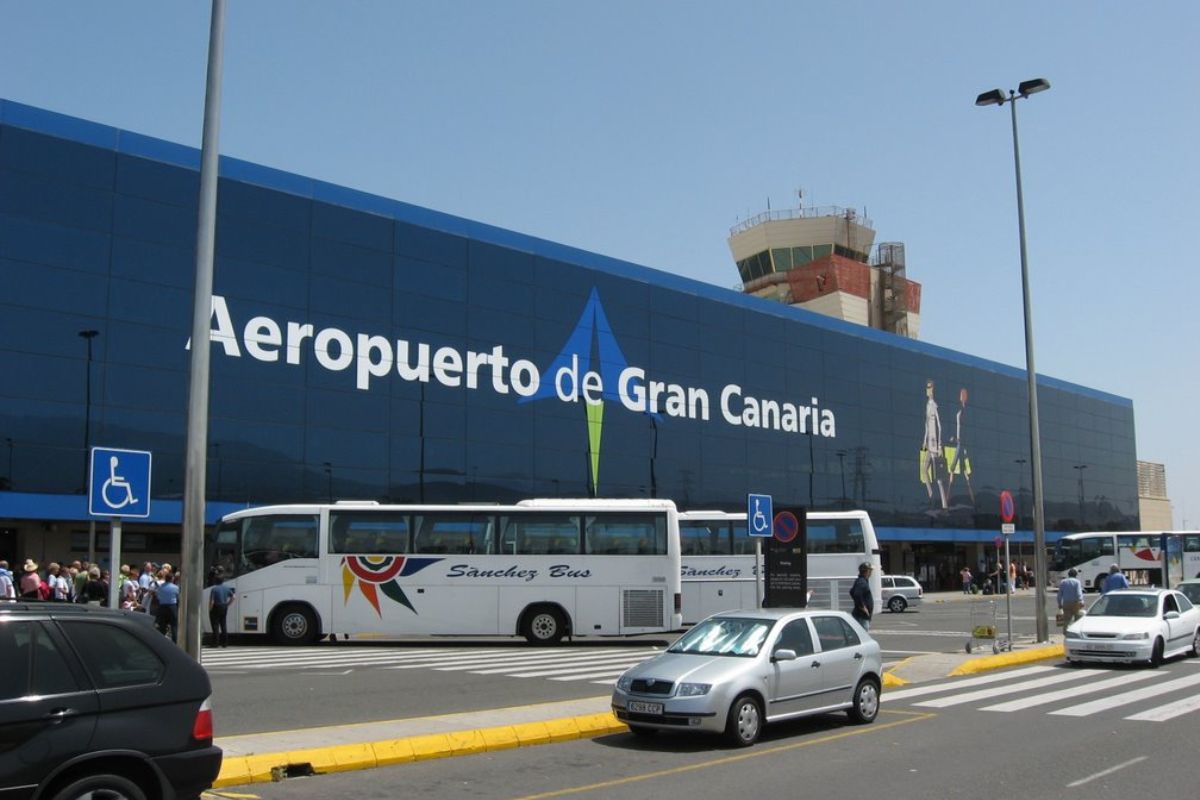
Weather and best time to visit Gran Canaria
Gran Canaria enjoys a subtropical oceanic climate, characterized by mild and stable temperatures throughout the year. Average temperatures range from 20 °C in winter to 26 °C in summer, with little rainfall and abundant hours of sunshine. This climatic stability makes the archipelago an ideal destination at any time of the year.
Although the weather is pleasant all year round, November tends to be the rainiest month, especially in the north of the islands. In addition, during the summer and winter months, the islands can be busier due to the high season.
Accommodation in Gran Canaria
Gran Canaria offers a wide variety of accommodations for all tastes and budgets. The most outstanding areas to stay include Meloneras, Maspalomas, Puerto de Mogán and Las Palmas de Gran Canaria.
Meloneras
It is known for its exclusivity and luxury, with five-star hotels such as the Lopesan Costa Meloneras Resort & Spa and the H10 Playa Meloneras Palace. This area offers a tranquil atmosphere, ideal for those seeking relaxation and high quality services.
Maspalomas
The main tourist center of the island is famous for its dunes and its wide range of leisure activities. Here you will find accommodations such as the Seaside Palm Beach and the Club Maspalomas Suites & Spa, which combine comfort and proximity to attractions such as theme parks and shopping centers.
Port of Mogán
Nicknamed the “Little Venice”, it is a picturesque fishing village that has been recognized as one of the best resorts in the Canary Islands by British tourists. Its charm and tranquility make it an ideal choice for couples and families looking for a more relaxed experience.
Las Palmas de Gran Canaria
The capital city offers a combination of urban beach, culture and gastronomy. With a wide range of hotels, it is a practical option for those who wish to explore the island and enjoy urban life.
However, if you want to live the experience close to the beach, Gran Canaria offers the following accommodations:
- Agüita House: Located on the beachfront of Las Canteras Beach, it offers shared rooms and a terrace overlooking the sea.
- FEEL Surf Camp Las Palmas: Just 30 meters from the beach of Las Canteras, it has shared dormitories, outdoor kitchen and coworking area.
- Atlantis Surf Hostel: Located on the north coast of Gran Canaria, offers a quiet atmosphere and surf lessons for all levels.
- Soledad Big Waves: In a restored 1900’s house in the north of the island, it combines lodging, restaurant and cultural activities.
- Surf & Sleep Arguineguín: Apartments with sea views in the fishing village of Arguineguín, ideal for combining accommodation and surf courses.
You can also find accommodations in other hotels or apartments available on Booking, as well as cottages and villas in a good location.
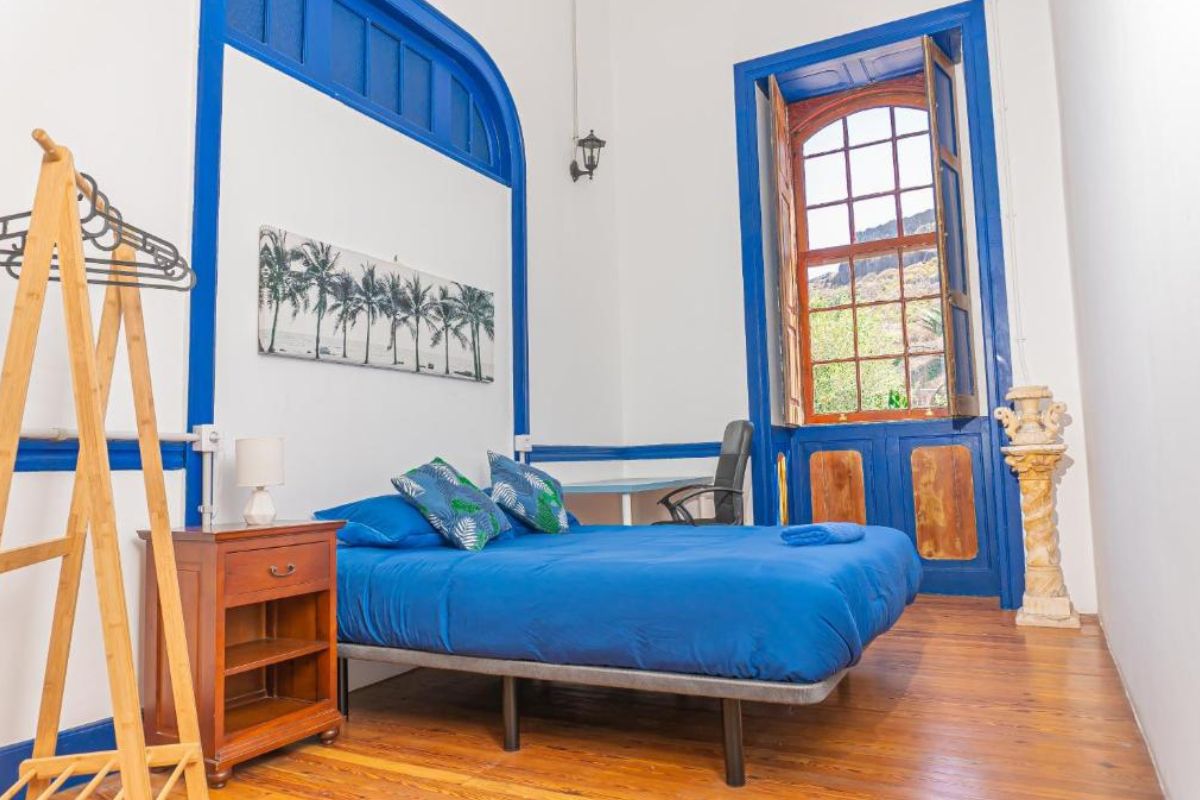
The best restaurants in Gran Canaria: flavors that will make you come back.
Gran Canaria is not only captivating for its landscapes and climate, but also through the palate. The island has become a gastronomic destination of reference, where the Canarian tradition is mixed with signature cuisine and first class international proposals. From Michelin-starred restaurants to hidden gems among villages and ravines, here you can eat very well.
Los Guayres (Puerto de Mogán)
With one Michelin star, it is one of the leading exponents of Canarian haute cuisine. Its chef, Alexis Álvarez, offers menus that reinterpret tradition with elegance and local produce.
La Aquarela (Arguineguín)
Another Michelin star that stands out for its impeccable technique and its proposal based on seasonal products and a carefully selected wine cellar.
Bevir (Las Palmas de Gran Canaria)
Creative restaurant in the Triana neighborhood, where chef Abraham Ortega prepares tasting menus inspired by literature and the Canarian landscape.
Poems by Padrón Brothers (Hotel Santa Catalina, Las Palmas)
Creative cuisine with a focus on local ingredients, signed by the prestigious chefs Jonathan and Juan Carlos Padrón.
Deliciosa Marta (Las Palmas)
One of the most renowned restaurants in the city. Elegant, intimate and with dishes such as steak tartar, truffled gnocchi or scallops with bacon.
Qué Leche (Las Palmas)
Small but highly ratedrestaurant, with modern fusion cuisine and dishes such as egg with red shrimp or homemade cheesecake.
Muxgo (Las Palmas)
First restaurant in the Canary Islands with a green Michelin star. Its chef Borja Marrero works with local organic products and offers a sustainable and innovative experience.
Casa Brito (Arucas)
A reference in meats and traditional Canarian cuisine. Famous for its steak, goat meat and spoon dishes such as watercress stew.
Romantic House (Agaete)
Located in the spectacular Agaete Valley, this restaurant combines creative cuisine with local ingredients such as local coffee and artisan cheeses.
Grill La Pasadilla (Ingenio)
Very popular among locals for its grilled meats, Canarian starters such as melted cheese with honey and its family atmosphere.
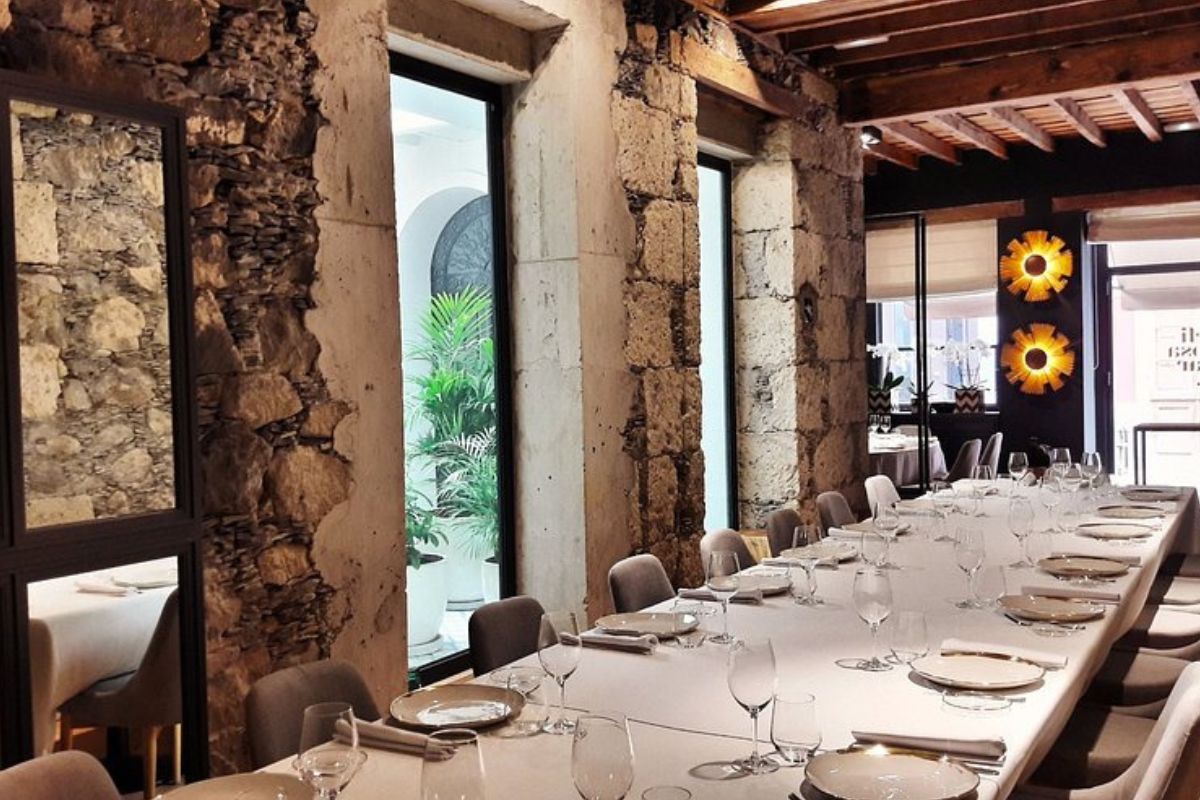
The best places to see in Gran Canaria
Gran Canaria is an exceptional tourist destination that combines paradisiacal beaches, volcanic landscapes, charming villages and a rich history. Here is a selection of must-see places in the territory:
Mountain routes and viewpoints
Roque Nublo:
This emblematic 80-meter high monolith is a symbol of the island and offers hiking trails with panoramic views.
Pico de las Nieves:
The highest point of Gran Canaria, from where you can see the Teide in Tenerife on clear days.
Bandama Caldera:
A volcanic crater 1,000 meters in diameter and 200 meters deep, surrounded by trails and native vegetation.
Villages with history and charm
Teror:
Known for its traditional architecture and the Basilica of Nuestra Señora del Pino, patron saint of the island.
Arucas:
Famous for its neo-Gothic church and the Arehucas rum distillery, one of the oldest in the Canary Islands.
Puerto de Mogán:
Nicknamed“Little Venice” for its canals and bridges, it is a picturesque fishing port with colorful houses and flowers.
Culture and heritage
Vegueta:
The historic center of Las Palmas de Gran Canaria, with cobblestone streets, wooden balconies and colonial buildings.
Painted Cave of Gáldar:
An archaeological site that shows the rock art of the ancient Canary Islanders.
Guayadeque ravine:
A valley with inhabited caves and restaurants carved into the rock, offering a unique experience.
Unique activities and experiences
Poem of the Sea:
A modern aquarium in Las Palmas that houses a wide variety of marine species in impressive facilities.
Catamaran cruise:
Dolphin watching and snorkeling excursions in the crystal clear waters of the Atlantic.
Windsurfing in Pozo Izquierdo:
This coastal town is a world reference for windsurfing, thanks to its ideal wind conditions.
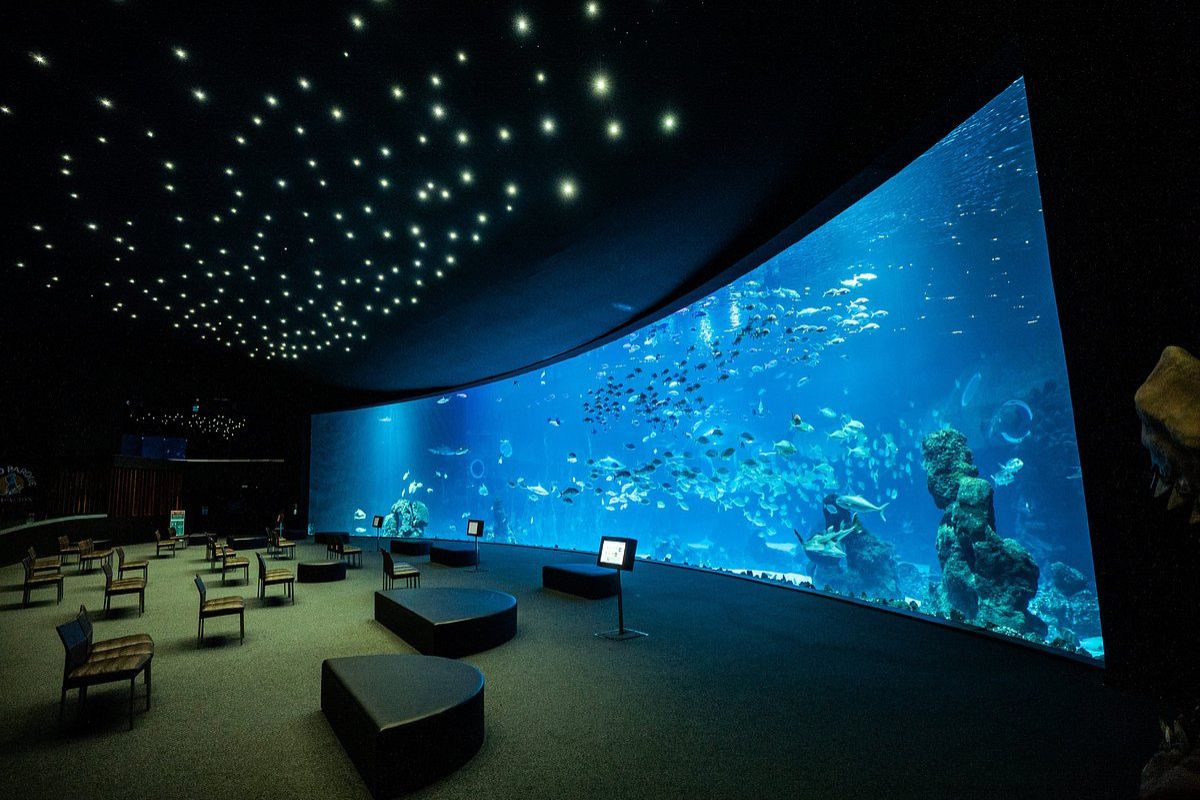
The unpredictability of the Canary Islands
The Canary Islands offer a diversity of landscapes and unique experiences that make them an exceptional tourist destination. Here is a selection of the best places to visit on each island:
Tenerife: Nature and culture
Teide National Park:
Home to Spain’s highest peak, Teide (3,718 m), this park offers breathtaking volcanic landscapes and is a UNESCO World Heritage Site.
Siam Park:
Considered one of the best water parks in the world, ideal for families and adrenaline lovers.
San Cristobal de La Laguna:
Colonial city declared a World Heritage Site, with cobblestone streets and historic architecture.
Fuerteventura: Beaches and tranquility
Corralejo Natural Park:
White sand dunes and turquoise waters, perfect for relaxing or practicing water sports.
Cofete beach:
One of the most unspoiled and spectacular beaches of the archipelago, ideal for nature lovers.
Lanzarote: Art and geology
Timanfaya National Park:
Unique volcanic landscapes created by eruptions in the 18th century, with guided tours and geothermal demonstrations.
Cueva de los Verdes:
A volcanic tube that offers a fascinating subway experience.
Works by César Manrique:
The artist integrated art and nature in places such as Jameos del Agua and Mirador del Río.
La Palma: La Isla Bonita
Caldera de Taburiente National Park:
A vast eroded crater covered with forests, ideal for hiking and stargazing.
Astrotourism:
Thanks to its clear skies, La Palma is one of the best places in the world for astronomy.
La Gomera: Nature and tradition
Garajonay National Park:
Laurisilva forest declared a World Heritage Site, with hiking tra ils through mist and lush vegetation.
Santa Catalina beach:
Located between Agulo and Hermigua, this black sand and pebble beach is popular with surfers during the months of October to May, when the waves are the biggest.
El Hierro: Adventure and sustainability
Charco Azul:
Natural pool with crystal clear waters, perfect for swimming and snorkeling.
La Peña viewpoint:
Designed by César Manrique, it offers spectacular views of the valley of El Golfo.
La Graciosa: Absolute tranquility
Las Conchas Beach:
Golden sand and turquoise waters on an island with no paved roads, ideal for disconnecting.
Bicycling and hiking:
The best way to explore this small island is on foot or by bicycle, enjoying its unspoiled nature.
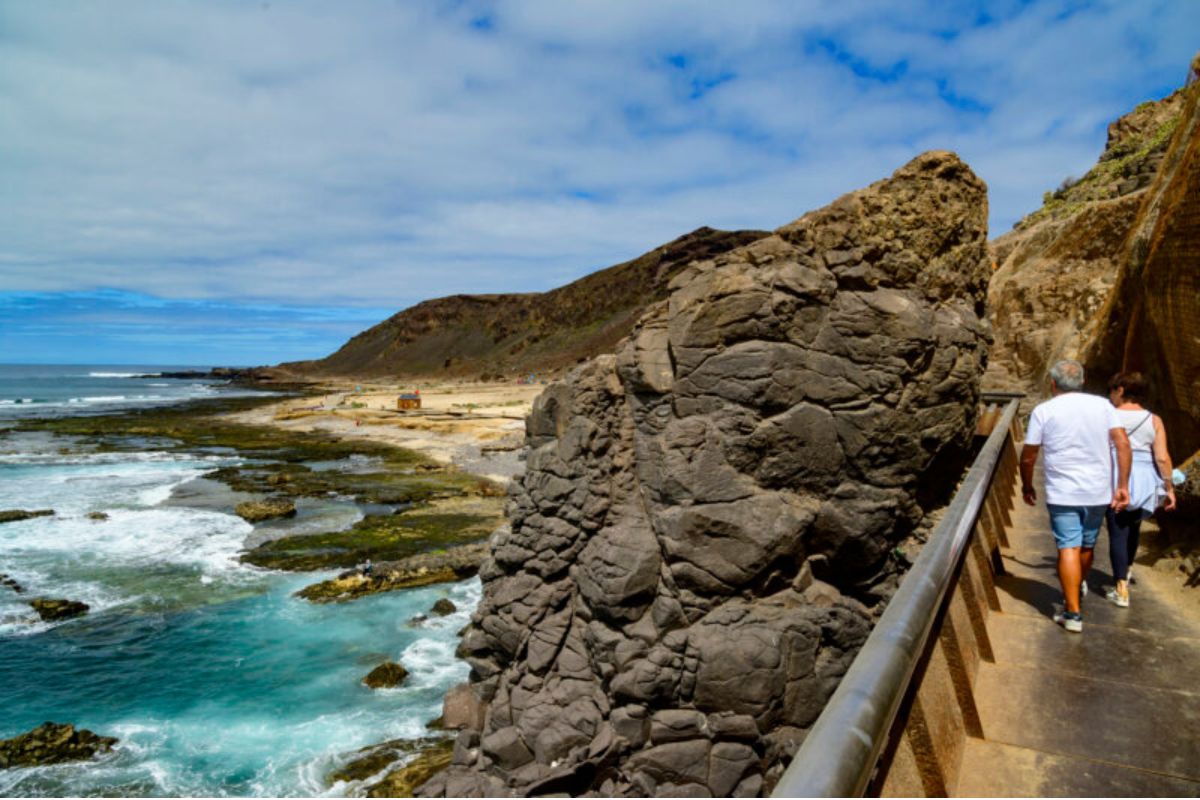
Related articles
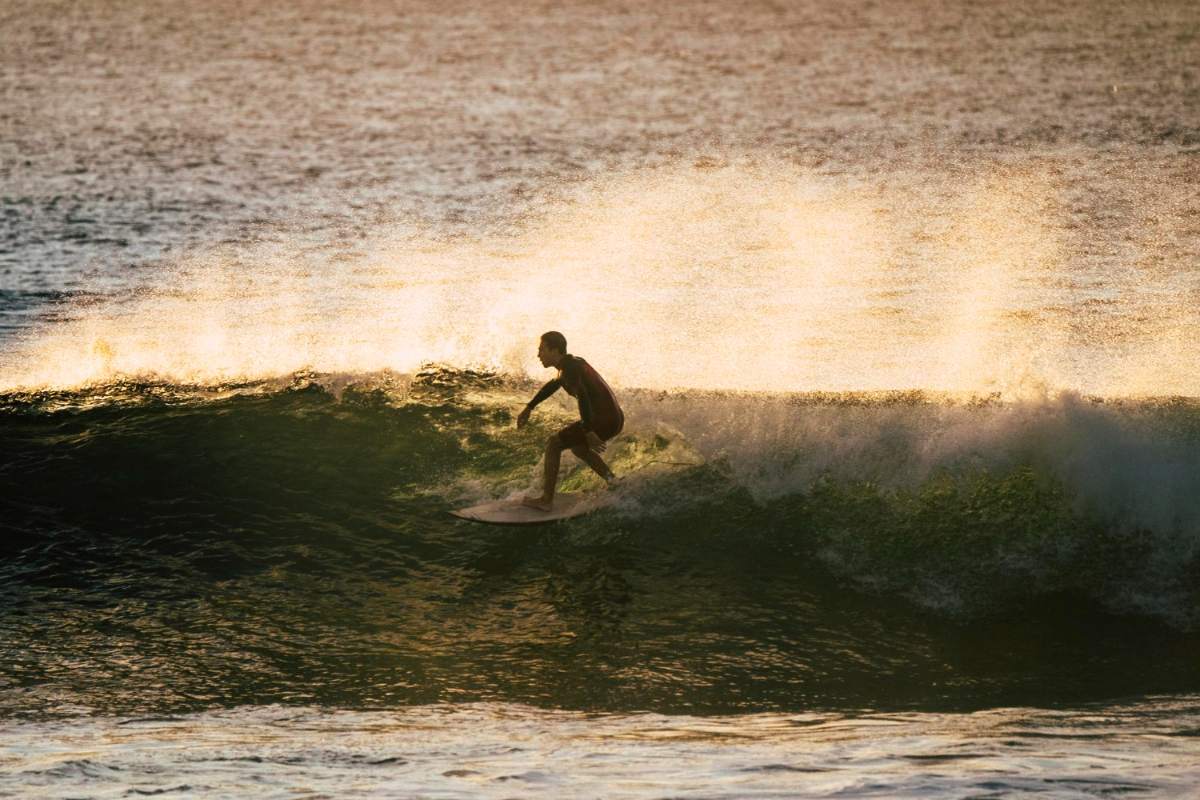
The Best Surf Guide: Cantabria
Discover Cantabria, a surfing paradise where the sea merges with the mountains. This definitive guide takes you through its best waves, from Somo to Los Locos. Explore beaches for all levels, practical tips, local gastronomy and endless landscapes. Everything you need for your Cantabrian surftrip.
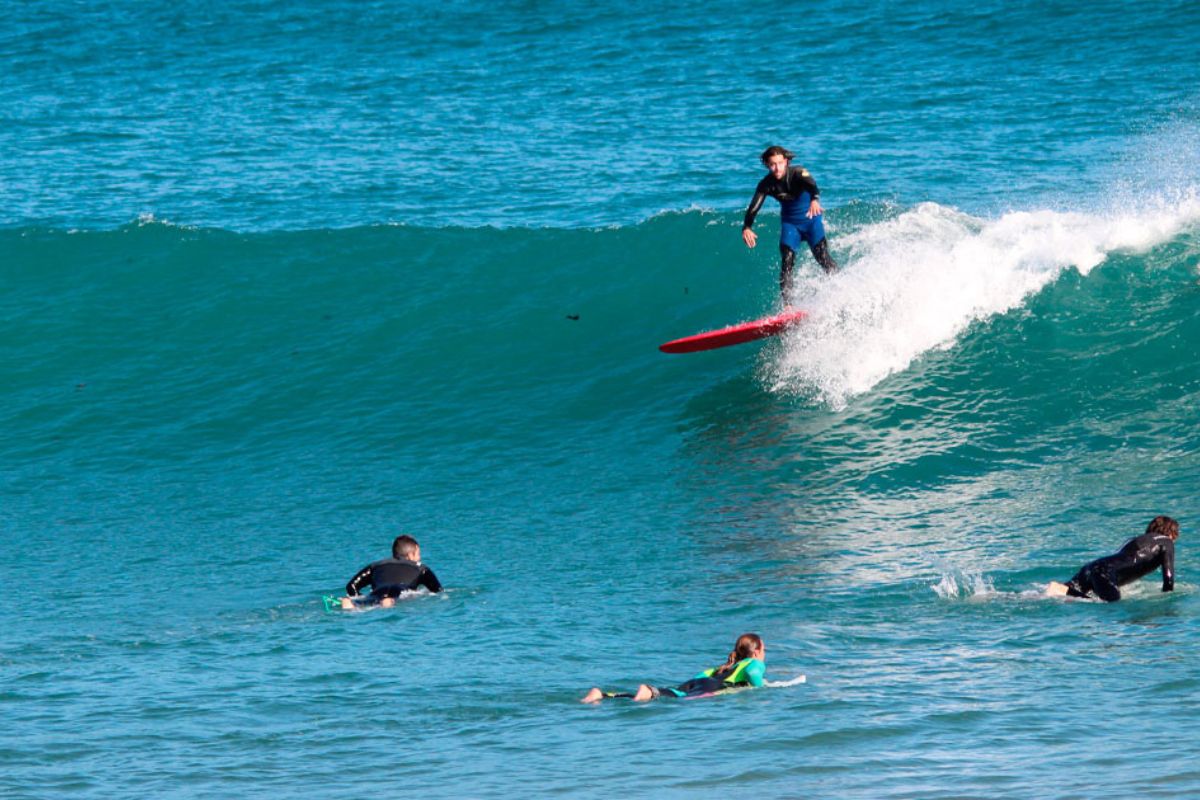
The Best Surf Guide: Valencia
In Valencia, surfing is lived with Mediterranean soul, between soft breezes, golden sand and endless sunsets. With this guide, you will discover the spots where the sea and good vibes go hand in hand. Perfect for beginners… and for those who can’t live without waves.
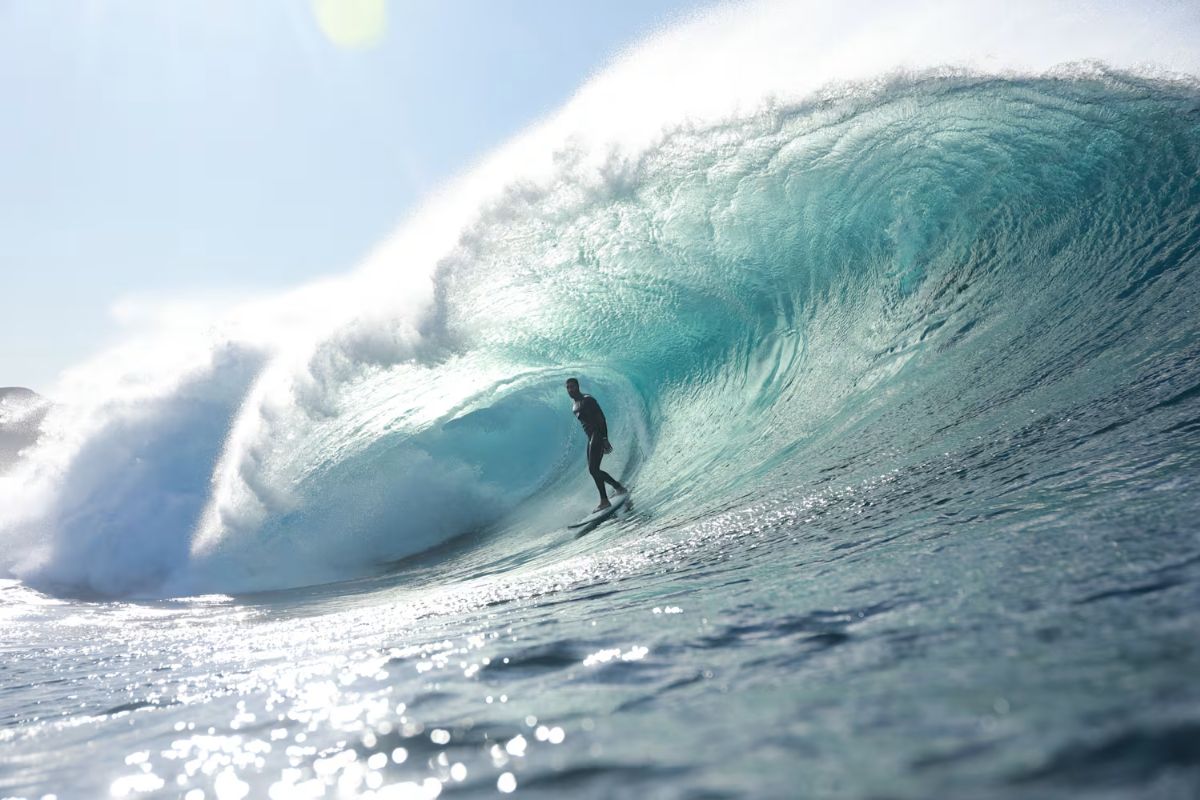
The Best Surf Guide: Canary Islands
Looking for waves? There are plenty of them here. The Canary Islands have it all: eternal climate, otherworldly landscapes and endless surfing beaches. In this surfing guide we tell you where, when and how to get into the water without missing anything.
